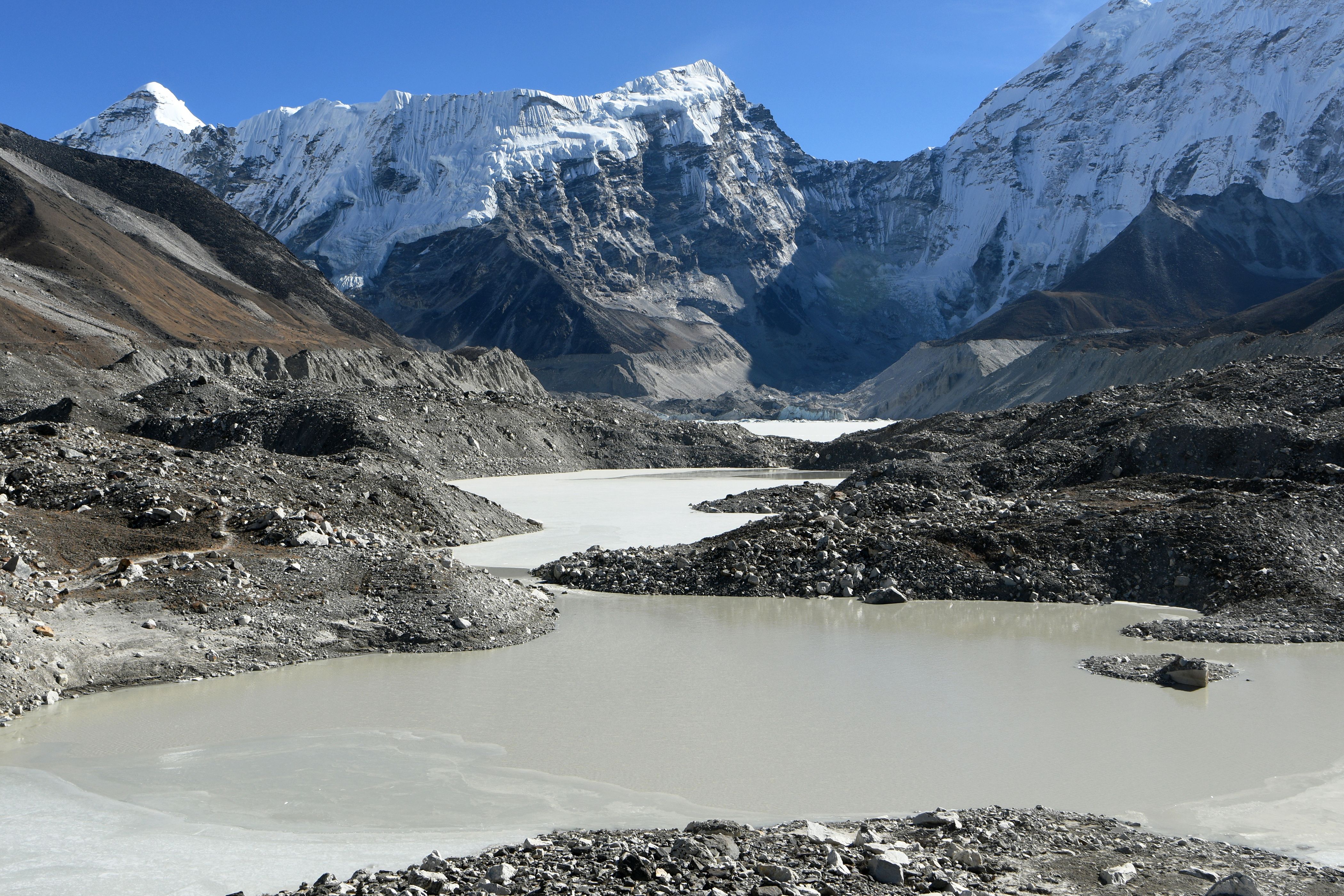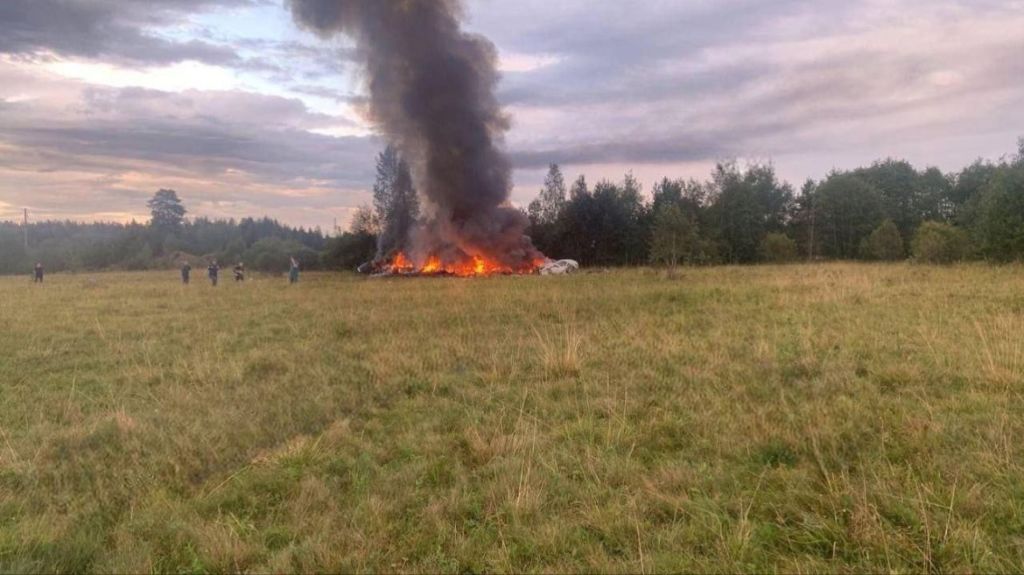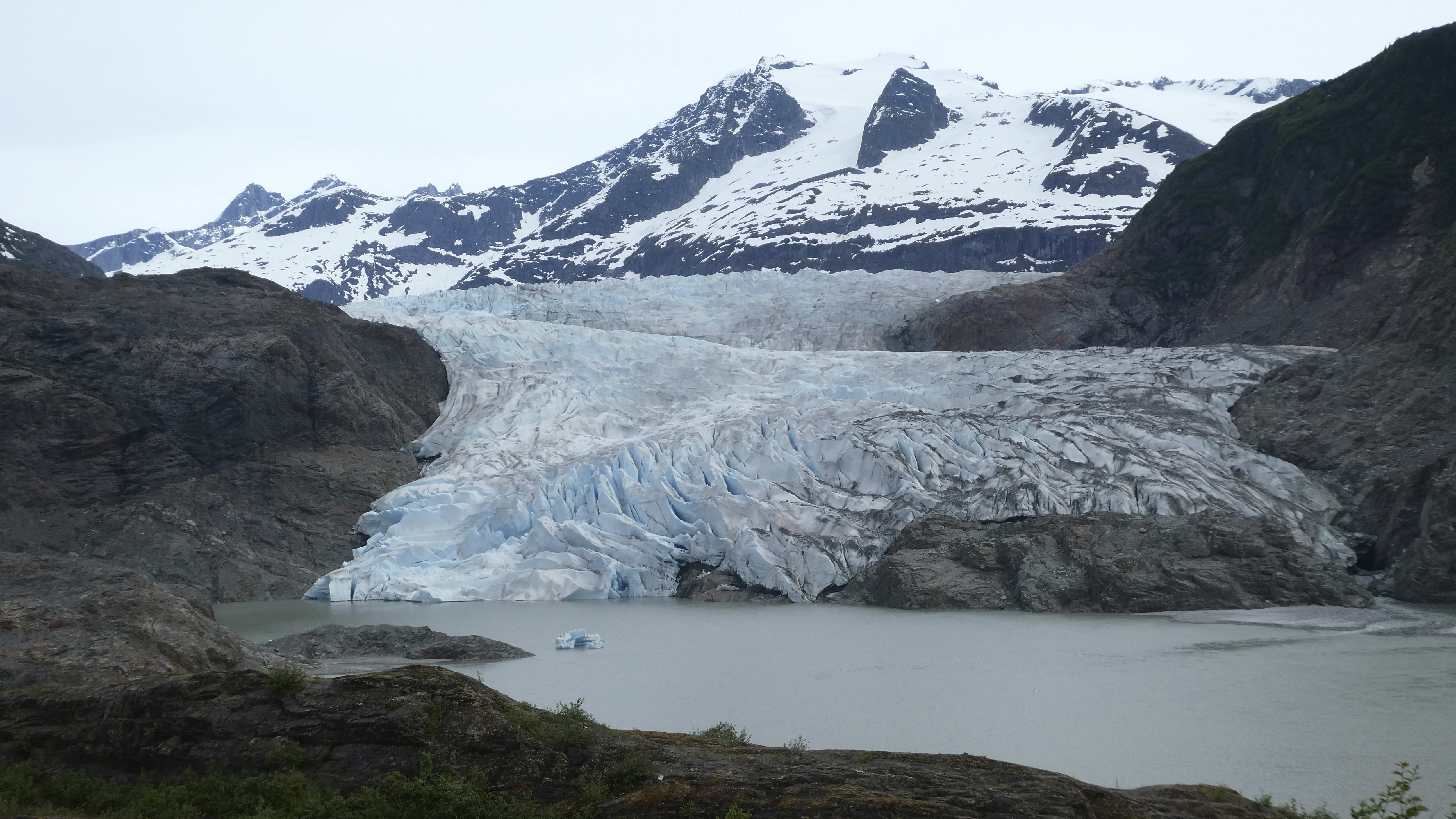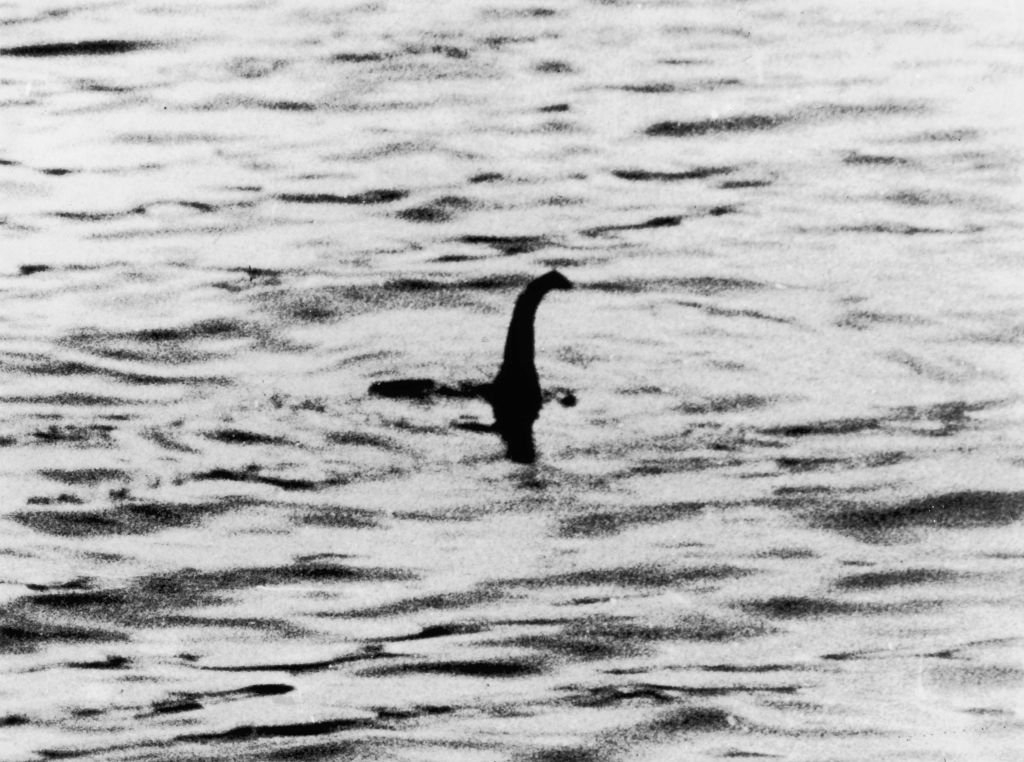A creepy mountain lake is filled with hundreds of human skeletons and literally no one can tell you why


Roopkund Lake is filled with hundreds of human skeletons, and no one knows why.
The high-altitude lake, which sits in India's Himalayas, has been an archaeological mystery since the morbid contents were discovered by a forest ranger during World War II. There are several extremely creepy details about the lake, which harbors an estimated 500 bodies in its depths. For one thing, "not a single skeleton found so far is intact," The Atlantic reports. For another, the bodies sometimes float back up to the surface, often with their "flesh still attached," The Independent writes.
And for another, the best working theory for explaining why there is a lake full of human bones in the first place just got completely blown out of the water.
The Week
Escape your echo chamber. Get the facts behind the news, plus analysis from multiple perspectives.

Sign up for The Week's Free Newsletters
From our morning news briefing to a weekly Good News Newsletter, get the best of The Week delivered directly to your inbox.
From our morning news briefing to a weekly Good News Newsletter, get the best of The Week delivered directly to your inbox.
Until recently, archaeologists had believed that Roopkund Lake was the site of a massive tragedy that took place some 1,000 years ago — perhaps the skeletons belonged to a group of travelers who had gotten caught in a storm and perished. That theory was swiftly disproven in a new study released Tuesday in Nature Communications, which analyzed the DNA of 37 of the skeletons.
It turns out that while the people indeed perished some 1,000 years ago, it didn't happen all at once. It happened sporadically over time, and as recently as the early 1800s. Plus the bodies weren't South Asian, as one might expect at a lake in India; their DNA makeup was more akin to people from the Mediterranean region, some thousands of miles away.
On the one hand, this is pretty cool for geneticists, who study patterns of human migration. On the other hand, a creepy lake filled with dead bodies just got way harder to explain. Read some of the new theories at The Atlantic.
A free daily email with the biggest news stories of the day – and the best features from TheWeek.com
Jeva Lange was the executive editor at TheWeek.com. She formerly served as The Week's deputy editor and culture critic. She is also a contributor to Screen Slate, and her writing has appeared in The New York Daily News, The Awl, Vice, and Gothamist, among other publications. Jeva lives in New York City. Follow her on Twitter.
-
 Nobody seems surprised Wagner's Prigozhin died under suspicious circumstances
Nobody seems surprised Wagner's Prigozhin died under suspicious circumstancesSpeed Read
-
 Western mountain climbers allegedly left Pakistani porter to die on K2
Western mountain climbers allegedly left Pakistani porter to die on K2Speed Read
-
 'Circular saw blades' divide controversial Rio Grande buoys installed by Texas governor
'Circular saw blades' divide controversial Rio Grande buoys installed by Texas governorSpeed Read
-
 Los Angeles city workers stage 1-day walkout over labor conditions
Los Angeles city workers stage 1-day walkout over labor conditionsSpeed Read
-
 Mega Millions jackpot climbs to an estimated $1.55 billion
Mega Millions jackpot climbs to an estimated $1.55 billionSpeed Read
-
 Bangladesh dealing with worst dengue fever outbreak on record
Bangladesh dealing with worst dengue fever outbreak on recordSpeed Read
-
 Glacial outburst flooding in Juneau destroys homes
Glacial outburst flooding in Juneau destroys homesSpeed Read
-
 Scotland seeking 'monster hunters' to search for fabled Loch Ness creature
Scotland seeking 'monster hunters' to search for fabled Loch Ness creatureSpeed Read



